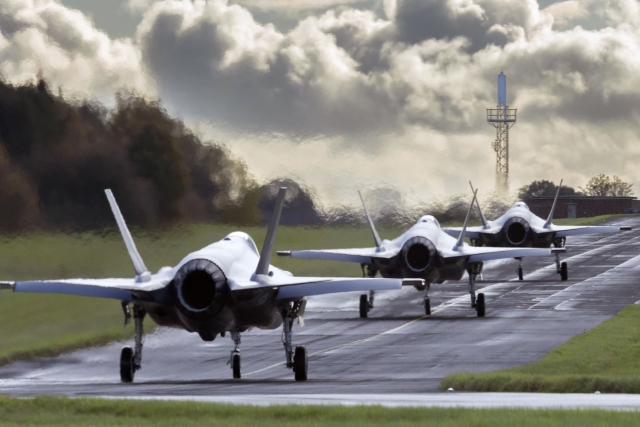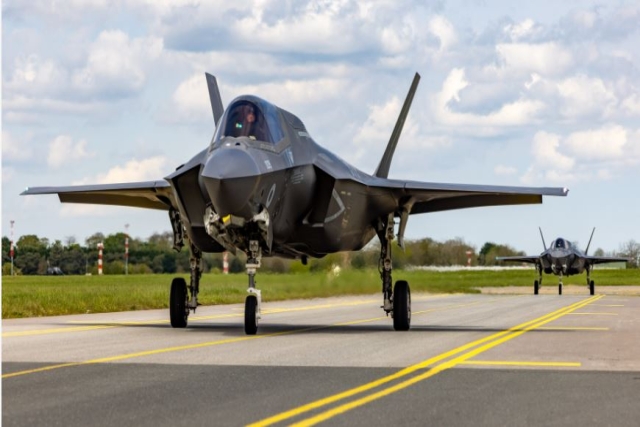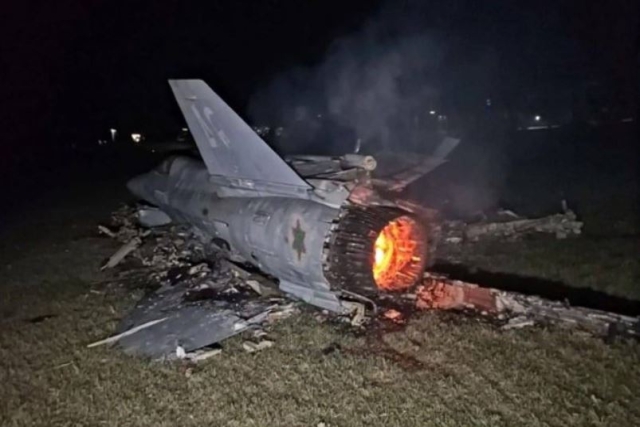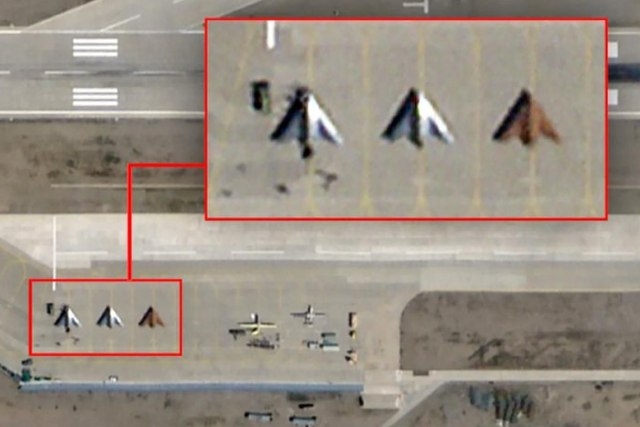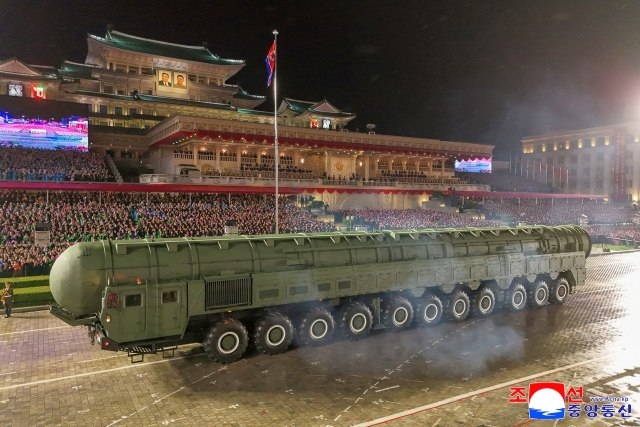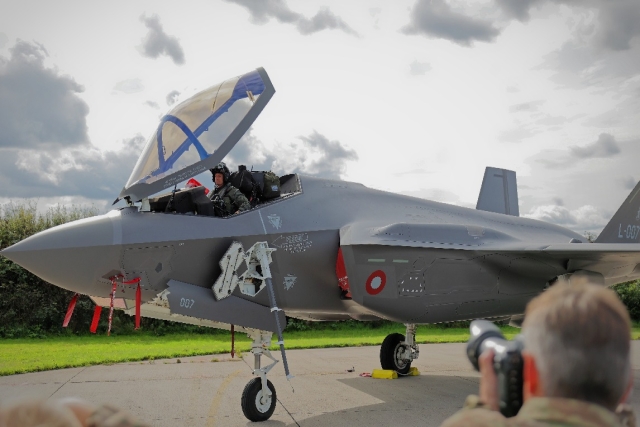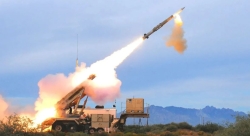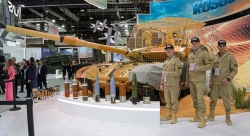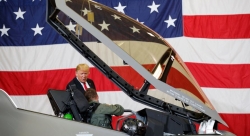U.S. F-35A Jets' Outboard Fuel Tanks to Sacrifice Stealth for Range
2026 U.S.A.F. budget allocates $431.8M to develop external fuel tanks for F-35A
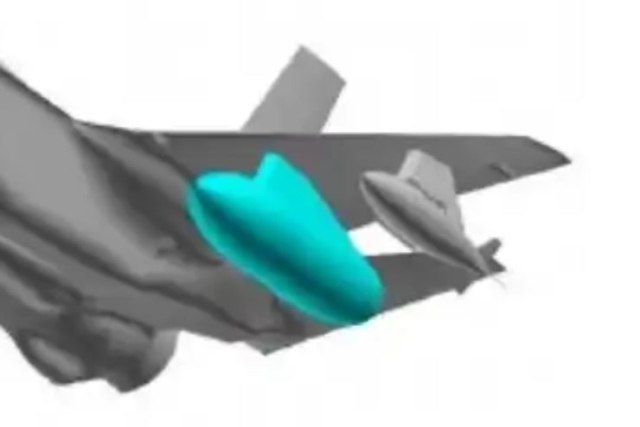
The U.S. Air Force has approved funding for the development of outboard fuel tanks for its F-35A fighter jets, according to the recently released budget request for fiscal year 2026.
The proposed design aims to increase the combat radius of the stealth aircraft, but will compromise one of its key features—stealth.
A total of $431.8 million has been allocated for upgrades to the Block 4 variant of the F-35A, a modernization program that includes enhancements to avionics, weapons integration, and now, extended-range capability via external fuel tanks.
The concept of equipping the F-35 with outboard tanks has been under consideration since the early 2010s. Studies conducted over the past decade have explored two tank configurations: one optimized for subsonic flight with larger capacity, and another for supersonic operations with reduced volume. These tanks were modeled after designs used on French fighter jets like the Mirage 2000 and Rafale, which tailor external tank configurations to match mission profiles.
A prototype design from 2018 suggested a total capacity of 1,816 liters, exceeding the 1,400-liter external tanks typically used by F-16 fighters. Currently, the F-35A has a combat radius of approximately 1,093 kilometers, compared to around 700–800 kilometers for the F-16C.
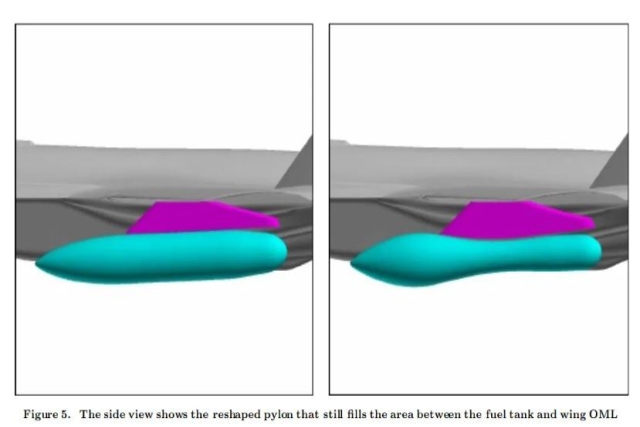
While external tanks would extend operational range—particularly useful for air patrols or missions in remote theaters—they come with the trade-off of increased radar visibility. Since the F-35 relies on internal weapons bays to preserve its low-observable profile, any external modification such as fuel tanks compromises that advantage.
However, Air Force planners suggest that in high-threat environments, the F-35 can still operate without the tanks, relying on internal fuel and aerial refueling. In combat scenarios, the aircraft can jettison the external tanks prior to entering contested airspace.
The trade-off between range and stealth is a tactical decision. These tanks are not designed for combat ingress but for extended loitering and patrol missions.
The move comes at a time when the Pentagon is scaling back its overall procurement of F-35s. For fiscal year 2026, the U.S. Air Force is expected to receive only 24 F-35A jets—half of its initially planned 48. The Navy and Marine Corps are also facing reductions, with the Navy’s order cut from 17 to 12 aircraft, and the Marine Corps from 13 to 11.
While external tanks may reduce the jet's survivability in contested environments, they offer strategic flexibility in other mission profiles, particularly in Indo-Pacific and Middle Eastern theaters where longer distances are a factor.
